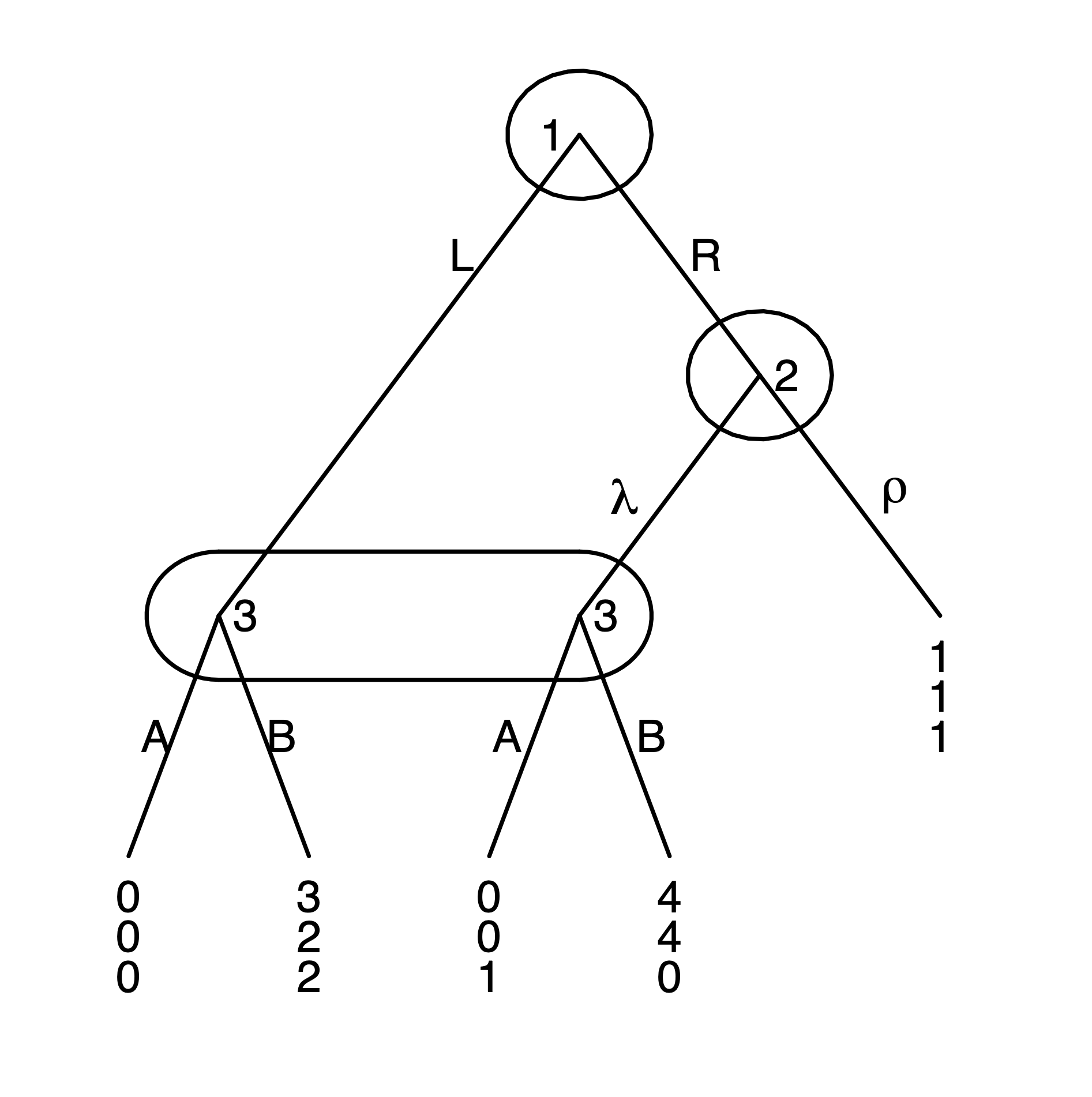Proofs of a Trembling-hand and not a Trembling-hand Perfect Equilibrium in Selten’s Example
I provide proofs of why one Nash equilibrium in Selten’s Example is not a trembling-hand perfect equilibrium and why another is.
Reinhard Selten, famous for introducing the trembling-hand perfect equilibrium into the world of game theory provided a numerical example of why his refinement concept of Nash equilibrium was relevant (Selten & Bielefeld, 1988). In his example, he showed that the Nash equilibrium is a trembling-hand perfect equilibrium and stated that the Nash equilibrium was not. When reading through his analysis and proof of why this was the case, I was confused about the latter.
In this article, for my understanding of this equilibrium concept, I try to provide an alternative proof for why is a Trembling-hand perfect equilibrium (different than the proof that Selten and Börgers provides) and a, hopefully, clearer proof by contradiction for why is not a Trembling-hand perfect equilibrium.

A Trembling-hand and not a Trembling-hand Perfect Equilibrium
I provide the definition of Trembling-hand Perfect Equilibrium in order to show Selten’s two important results. Note that this definition extends the definition provided in Börger’s notes (that is I list an extra condition for Trembling-hand Perfect Equilibrium) but is consistent with Selten’s definition.
A list of behavior strategies is a (trembling hand) perfect equilibrium if there exists a sequence of lists of perturbations
and a sequence of lists of behavior strategies
(note that each player’s behavior strategies may depend on the perturbation) such that for every player ,
(1) for every information set of player , and every action , (higher modeling less tremble and lower modeling more tremble)
(2) for every is a Nash equilibrium of ,
(3) , and
(4) for every , information set of player , and (there is a lower and upper bound for the behavior strategy determined by the perturbation since we require there to be a small amount of error for each action).
is a Trembling-hand perfect equilibrium.
For the behavior strategy to be a Trembling-hand perfect equilibrium, there must exist a sequence of lists of perturbations and behavior strategies such that the conditions listed in the definition are satisfied. Let and consider the following sequence of behavior strategies along with the perturbations. Suppose
, and . Conditions (1) and (3) are satisfied in this case. Now consider condition (4). For , we must have that
For , we must have that
For , we must have that
Note that I don’t check or the others since the constraint is equivalent to the constraint for . Hence, after checking the constraints above, condition (4) is satisfied. Now I check condition (2). The following is true for all . For player is preferred to if
For player is preferred to if
For player 3, is preferred to if
Hence, condition (2) is satisfied.
is not a Trembling-hand perfect equilibrium.
Suppose for the sake of contradiction that is a perfect equilibrium. Hence, there is a sequence of behavior strategies for player 3 such that player 2 prefers over . Since condition (2) is satisfied, we must have that for player 2, for all (i.e. the expected value of player 2 choosing is greater than the expected value of player 2 choosing ). Note that this argument is valid because there is no Nash equilibrium where player 2 chooses with probability 1. Further note that we cannot have , since that would violate condition (3). Hence, player 3’s best response must be . But this then violates condition (3) which requires that . Hence, we have arrived at a contradiction and cannot be a Trembling-hand perfect equilibrium.
References
- Selten, R., & Bielefeld, R. S. (1988). Reexamination of the perfectness concept for equilibrium points in extensive games. Springer.